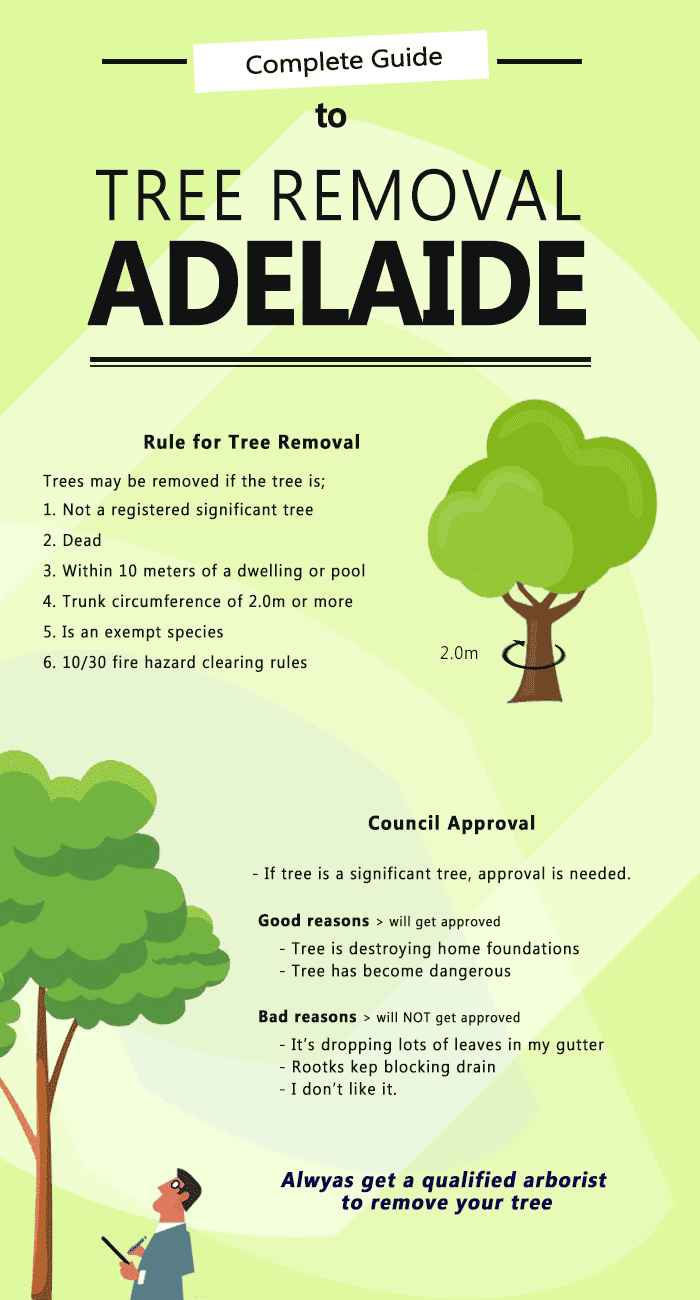Post-Tree Elimination Treatment Plays A Considerable Duty In Landscape Remediation; Explore Essential Actions To Enhance Your Environments And Minimize Future Problems
Post-Tree Elimination Treatment Plays A Considerable Duty In Landscape Remediation; Explore Essential Actions To Enhance Your Environments And Minimize Future Problems
Blog Article
Content By-Franks McCollum
After a tree's elimination, your landscape may look fairly various, and it's vital to assess the after-effects thoroughly. You'll want to examine the soil disruption and check surrounding plants for any type of indicators of stress. Ignoring these elements can bring about bigger troubles down the line. So, what should you perform with those stumps and origins? And just how do you select the most effective plants for your revitalized space? Let's check out these crucial steps.
Examining the Consequences: Reviewing Your Landscape
After a tree removal, it's important to analyze your landscape to recognize the impact it has on your yard.
Begin by analyzing the area where the tree stood. Seek signs of soil disturbance, and examine the bordering plants for any type of stress or damage.
You should likewise bear in mind of just how the elimination has actually altered sunlight exposure and airflow in your garden. This change can impact the development of close-by plants, so it's essential to examine their health.
Take into consideration the visual aspects as well; the elimination might create an open space that you can redesign.
Finally, consider any kind of potential disintegration problems that may occur from the tree's lack. Dealing with these variables early will aid recover equilibrium to your landscape.
Handling Stumps and Roots: Alternatives for Removal
As soon as you've assessed the aftermath of the tree elimination, you'll likely need to take on the stump and roots left.
You have a few choices for elimination. Pruning Pine Trees is stump grinding, where an expert utilizes an equipment to grind the stump down to below ground level. This strategy leaves minimal disruption to your landscape.
If you prefer a do it yourself approach, you can utilize a combination of digging and chemical stump removers. Just remember, this process can require time and effort.
Additionally, take into https://www.sfgate.com/news/bayarea/article/Driver-Killed-After-Collision-With-Tree-Trimming-15175102.php leaving the stump as an all-natural attribute, which can serve as a distinct yard aspect or habitat for wild animals.
Whatever How To Prune Fruit Trees Video select, resolving the stump and origins is essential for restoring your landscape.
Choosing the Right Plants for Your New Room
As you analyze your freshly cleared space, selecting the right plants can significantly improve your landscape's charm and performance.
Beginning by taking into consideration the sunlight and soil conditions. For sunny locations, go with drought-resistant plants like lavender or succulents. In shaded places, brushes and hostas flourish well.
Consider the dimension and growth routines of your plants; mix perennials and annuals for seasonal selection. Do not neglect to incorporate native types; they require less maintenance and assistance local wild animals.
Group plants in odd numbers for an extra all-natural appearance and develop layers for visual deepness.
Finally, guarantee you have a mix of shades and appearances to keep your landscape vivid throughout the periods.
Satisfied growing!
Final thought
To conclude, restoring your landscape after tree elimination is a rewarding process. By examining the after-effects, addressing stumps and origins, and choosing the right plants, you'll create a growing environment. Do not forget to integrate erosion control actions to protect your dirt. With a little initiative and care, you can change your area right into a dynamic yard that improves your property. Embrace the chance to invigorate your landscape and delight in the charm of nature right in your yard!
